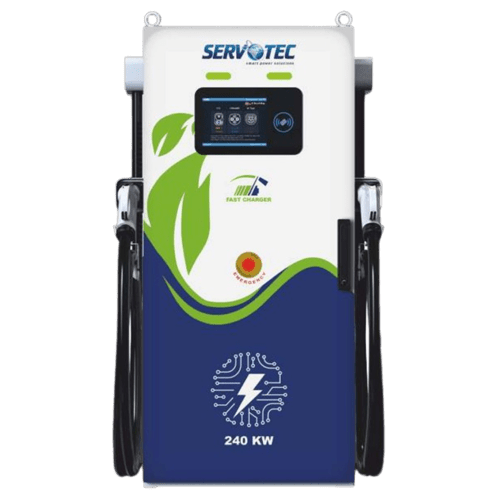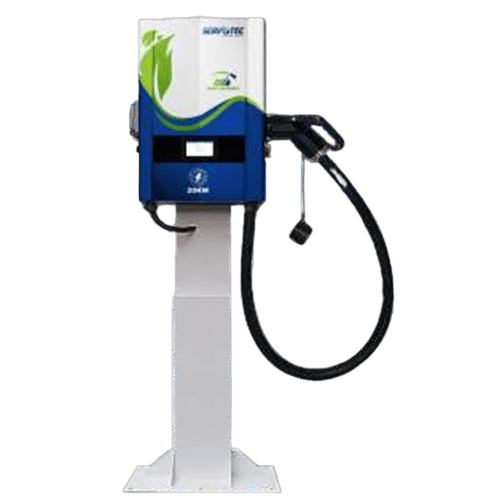
Menu
Menu

With the increase in EV sales, the demand for reliable and efficient EV charging stations has increased. The backbone of this growing infrastructure is the maintenance and upkeep of these stations, which is important for ensuring smooth operation, customer satisfaction, and the broader adoption of electric mobility.
Regular maintenance of EV charging stations is of utmost importance for several reasons, which include:

Regular inspections are important for keeping things in working order. These inspections should cover:
Preventive maintenance involves proactive measures to avoid potential issues. Key activities include:

When issues are detected, prompt repairs are essential. A strong repair protocol should include:
Modern EV charging stations are increasingly equipped with advanced technologies that facilitate maintenance:
The maintenance and upkeep of EV charging stations are integral to the success of the electric vehicle ecosystem. By prioritising regular inspections, preventive maintenance, and responsive repairs, operators can ensure their stations provide a reliable, safe, and efficient service. Leveraging modern technologies further enhances maintenance capabilities, ensuring that charging infrastructure keeps pace with the growing demand for electric mobility. As the world accelerates towards a greener future, the upkeep of EV charging stations will play a pivotal role in sustaining this momentum and achieving widespread adoption of electric vehicles.
Share this article:
Follow us to never miss an update on the EV Charging Ecosystem!






© 2024 Massive Mobility Private Limited. All rights Reserved